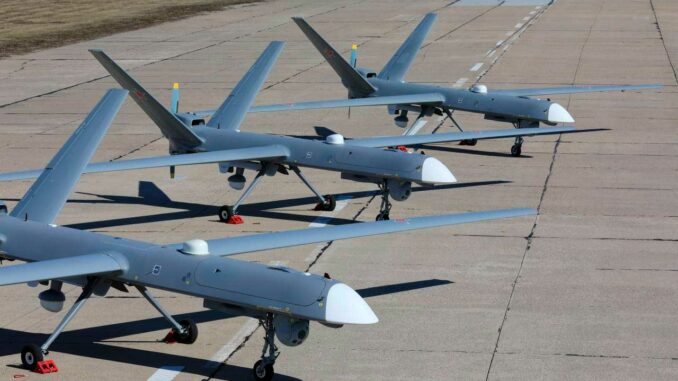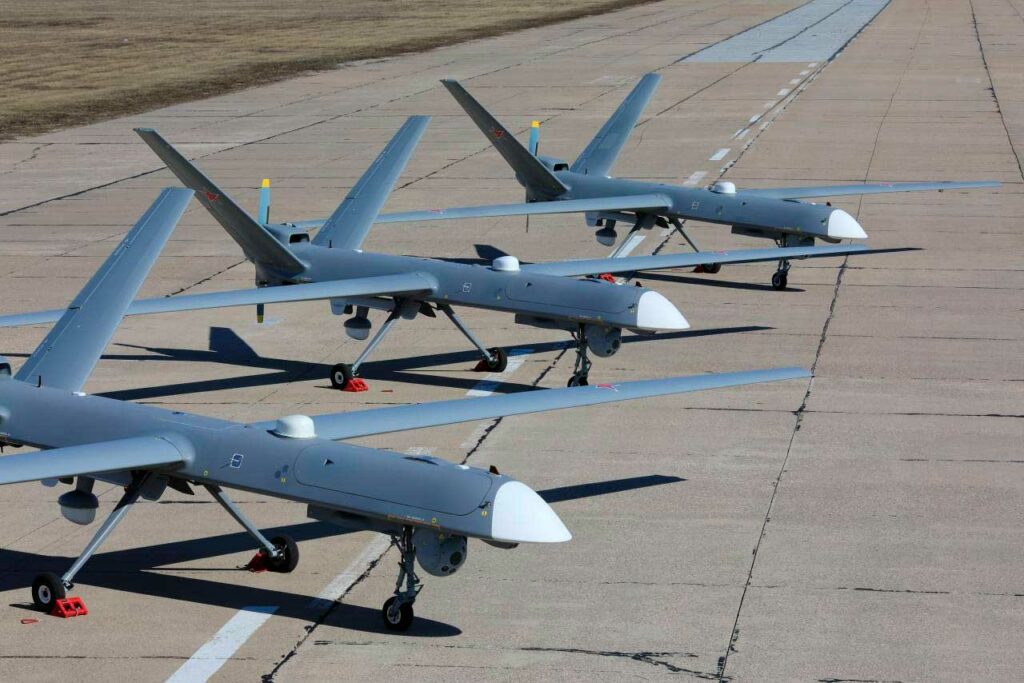
AO Kronstadt, manufacturer of the Orion and Inokhodets drones, is facing massive lawsuits and the withdrawal of investors, putting it at risk of imminent bankruptcy.
AO Kronstadt, one of Russia’s leading manufacturers of military drones—the Orion and Inokhodets—is now in a critical situation. Since the summer of 2025, more than 40 lawsuits totaling 626.3 million rubles (approximately $6.7 million) have been filed against it. The financial backing provided by AFK Sistema was withdrawn in May 2022, leading to increasing financial pressure. International sanctions, rising costs for imported components, and state order requirements are exacerbating the crisis. In addition, Ukrainian attacks on the Dubna plant have weakened production. Despite public investment, Kronstadt’s viability is seriously compromised. The question remains: can the company be restructured or integrated into a conglomerate? For now, many believe it is likely to go bankrupt.
The context of financial proceedings
Since the summer of 2025, AO Kronstadt has faced more than 40 legal actions, totaling 626.3 million rubles (≈ 6.7 million euros). Among these, the largest claims come from Innovative Technologies and Materials (151.1 million rubles) and the Research Institute of Modern Telecommunications Technologies (220.6 million rubles). These amounts are in addition to previous disputes: in May 2025, total claims had already reached 1 billion rubles. Over a six-month period, some sources estimate that up to 1.5 billion rubles in debts are being claimed.
Specific example: the dispute with AO Elara amounts to 409.5 million rubles, with other major creditors such as AО GMZ Agat (130.8 million), АО EMZ (143 million), and ООО Promspecservice (142 million).
Technically, these lawsuits are taking place against a backdrop of disrupted financing, cash flow problems, and withdrawal of partners: the situation is worrying subcontractors, who are rushing to join the list of creditors—a typical process in bankruptcy proceedings.
Structural causes of the crisis
The Kronstadt crisis can be explained by a combination of several structural factors. First, the withdrawal of AFK Sistema, a key shareholder, in May 2022 deprived the company of its main source of financial support. Without this strategic investor, Kronstadt lost access to crucial capital, triggering a rapid rise in debt.
Second, sanctions imposed by the United States and the European Union, which cut off access to essential technologies and parts, led to higher costs and production delays. At the same time, massive government orders increased production requirements, even as supply chains were already weakened.
Finally, an unexpected factor: Ukrainian attacks on the Dubna plant—notably on May 28, 2025, when Ukrainian drones struck the plant, hitting its roof eight times—severely damaged industrial capacity. These factors combined to create a liquidity and production crisis, leading to the current situation.

Impacts and outlook
The situation in Kronstadt has multiple consequences.
Impact on Russian defense
Kronstadt was a pillar of Russia’s long-endurance drone strategy (MALE) — the Orion and Inokhodets, Russian equivalents of the US MQ-9 Reaper — used extensively in Ukraine, particularly for surveillance and strikes. The decline of the company weakens this crucial capability.
Subcontractors and credibility
With a series of lawsuits, suppliers may lose confidence. If Kronstadt goes bankrupt, these companies risk direct financial losses. The mass behavior of creditors shows a negative domino effect on the drone industry.
Risk of difficult restructuring
The government could intervene through restructuring or absorption into a state-owned conglomerate. But the technical complexity of drones and sanctions tensions complicate any operation. Without intervention, liquidation seems likely, according to experts.
Broader challenges for Russian industry
The Kronstadt case illustrates a more general malaise in the Russian defense industry. Despite significant order volumes, the combination of sanctions, fragile private financing, shaky logistics, and the direct impacts of the conflict is leading to major disruptions.
Even strategic projects supported by the Ministry of Defense are unable to withstand these pressures, as highlighted by the Ukrainian Center for Countering Disinformation: even privileged companies are not immune. Delays, operational losses, and a hostile financial and legal environment create systemic risk for the entire AUVS (airborne vehicle systems) sector.
This decline may prompt the Kremlin to reduce dependence on private actors by promoting centralization or pushing for public-private sector integration—a path with serious industrial consequences.
Frank reflections
Let’s be clear: nothing illustrates the gradual collapse of an industrial ecosystem better than the decline of Kronstadt. This company, which was supposed to embody Russian technological autonomy, is now in financial distress, despite its strategic role. The withdrawal of the main shareholder should sound an alarm: industrial independence rests on a solid financial foundation, which is lacking here.
Secondly, international sanctions have a real, technical effect, not just a symbolic one: they have penalized access to production, increased costs, and fragmented supply chains. Add to that direct strikes… it’s a destructive form of economic warfare with no compensation.
Finally, this crisis reveals a contradiction: the state places massive orders but leaves those who carry them out to struggle. If the system remains as it is, the drone industry could collapse faster than we think. The Orion and Sirius drones, promising in theory, may become obsolete before they are even deployed in series.
War Wings Daily is an independant magazine.